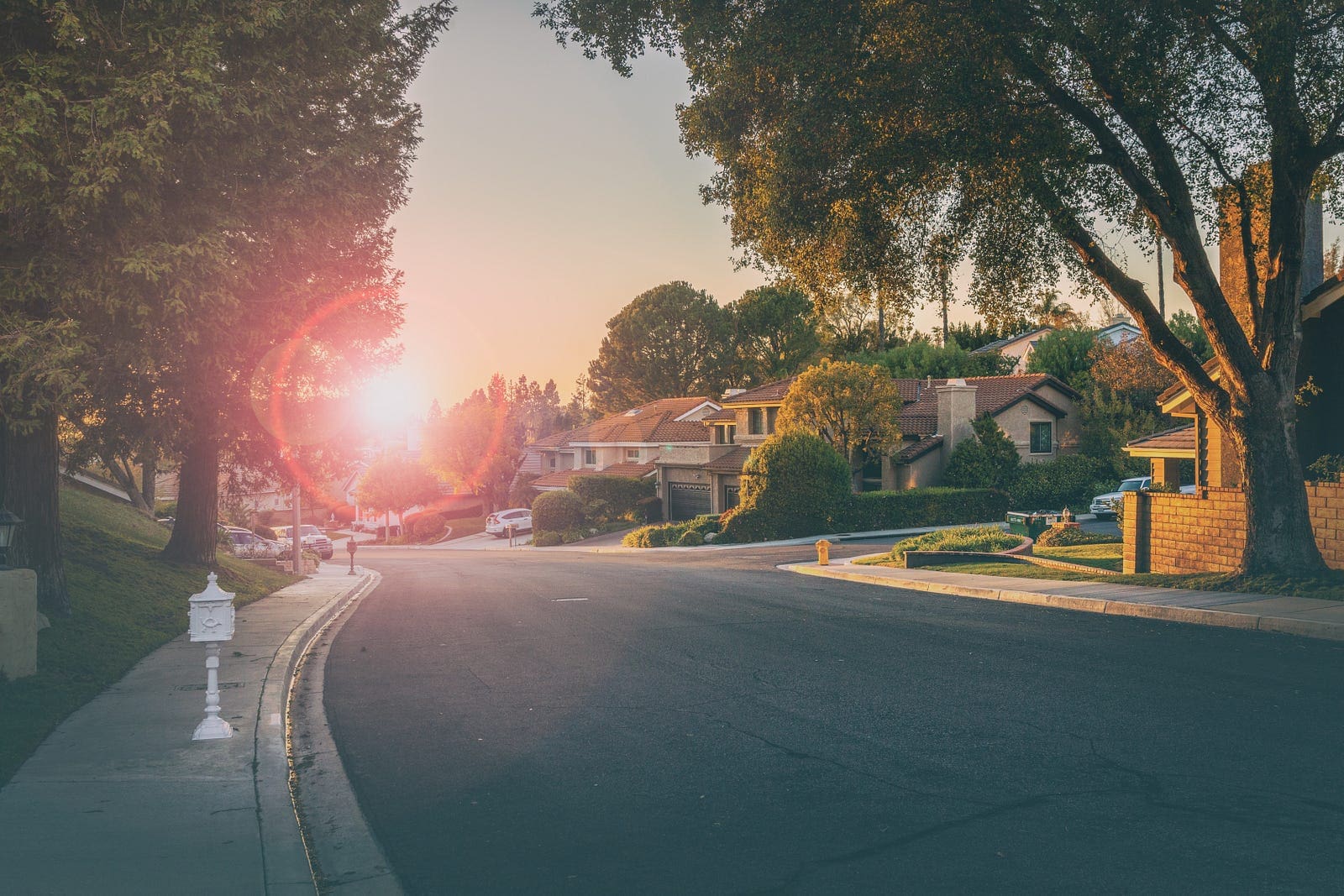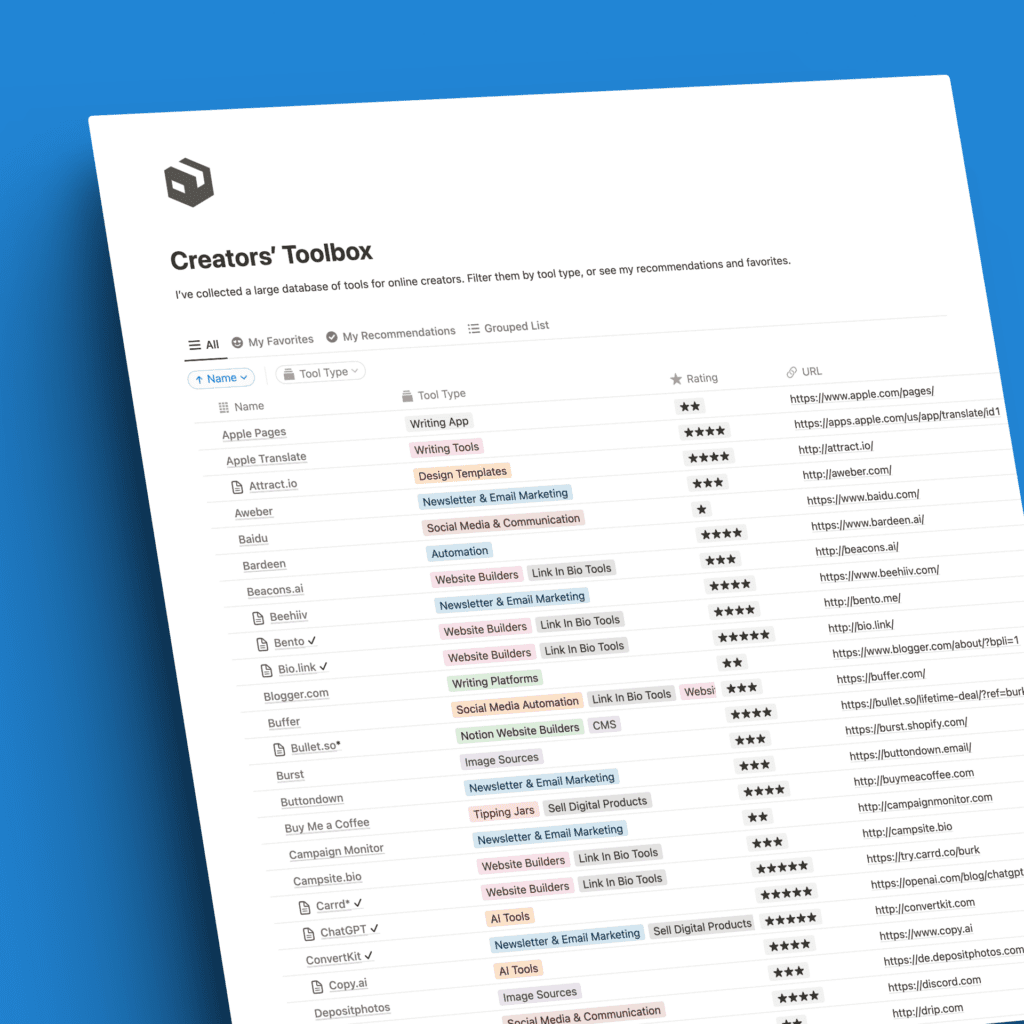I grew up on a small peninsula in the North Sea in Germany. From there, I went to live in Berlin for one year.
From a place with more sheep than people to the most-populated city in Europe.
Talk about a change in scenery.
During my life, I’ve lived in the countryside, in small towns, in large cities, and in metropolises. This has made me think a lot about urban development, city structures, and the decentralization of our growing population.
Decentralizing Crowds
Many urban planners and city residents have grown weary of the dense urban core and sprawling suburb model.
Congestion, unaffordable housing, and vulnerability are only a few of the issues with centralized living.
There is growing interest in exploring how to decentralize cities by dispersing amenities and infrastructure for a more sustainable future & more space for individuals and families.
But what does decentralization look like in practice, and what are the benefits? Are we even thinking far enough?
Let’s dig in!
Walkable Mixed-use Neighborhoods
Strict separation of residential and commercial areas forces car dependency in many cities.
Decentralizing enables more mixed-use walkable neighborhoods where people can access shops, offices, and dining locally.
Spain is doing well here. Barcelona’s “superblocks” limit traffic through groups of streets to just residents and priority vehicles.
This reduces noise and air pollution while creating community spaces for urban gardening, play areas, and small businesses.
Superblocks transform neighborhoods into sustainable hubs encouraging walking, cycling, and socializing.
This is a proven concept for large cities. More could adopt this strategy.
Flexible Community Workspaces
The COVID-19 pandemic triggered a large remote work shift. Many of us work from home now.
I used to commute 3 hours a day to work. 3 hours I could have spent with my wife and kids instead.
But working from home isn’t even necessary for all. Decentralizing work can happen through investment in shared workspaces across neighborhoods. That does pose organizational hurdles, but it would save hours of commute for many.
Smaller cities like Bentonville, Arkansas have pioneered this approach. Walmart and other partners funded coworking facilities, affordable housing, and bike trails to attract talent without congesting downtown.
Major cities can follow suit, distributing office hubs and preventing long commutes.
A reasonable approach for mid to large cities and for people who don’t want to or can exclusively work from home.
Inclusive Affordable Housing
With affordable housing out of sight in urban cores and family-friendly suburban neighborhoods, lower-income residents lack access to opportunities unless these opportunities are created in the suburban and rural areas as well.
Minneapolis recently eliminated single-family zoning citywide to allow diverse “missing middle” housing like duplexes and triplexes. This decentralizes affordability beyond just downtown.
Oregon passed House Bill 2001 banning single-family zoning in cities above 10,000 to legalize up to four-plexes. Opening exclusionary neighborhoods enables equitable access to amenities and jobs.
This is a rather strong approach, but it might be necessary in many areas around the globe to conquer unaffordable housing unless we can revitalize urban areas.
Multi-modal Transportation
Decentralizing cities depends on sustainable transportation connecting distributed hubs.
Portland’s urban growth boundary contains sprawl, while its public transit, biking culture, and walkable mixed-use zoning enable car-free lifestyles.
The problem is that this system has also increased house prices. The opposite of what we want.
Still, investing in protected bike lanes, rail, bus rapid transit, electric vehicles, and pedestrian safety promotes mobility across neighborhoods without dependence on personal cars.
Distributed Clean Energy
Centralized utility grids leave cities vulnerable to blackouts and natural disasters. Decentralized renewable energy production via rooftop solar, microgrids, and battery storage increases resiliency.
Santa Barbara’s Solarize program deployed 1,726 new solar systems, expanding access through group discounts.
Singapore is piloting decentralized peer-to-peer energy trading between buildings through a blockchain-enabled microgrid.
These are pilots and initiatives with solid planning and expectations for cities of various sizes and even some rural areas.
Urban Agriculture and Local Production
Localized food production and manufacturing shrinks supply chains.
Vertical indoor farming brings fresh produce closer to urban consumers. Community gardens and rooftop agriculture spots allow local neighborhood cultivation.
Local manufacturing and production sites utilize technologies like 3D printing to craft goods on demand within cities. Community maker spaces, libraries, schools, and small businesses can install 3D printers, laser cutters, CNC routers, and other digital fabrication tools.
This allows localized distributed manufacturing of specialty items without relying solely on external mass production and long supply chains.
Concepts that should be further tested and developed.
The Bottom Line
The possibilities are endless, but embracing even some of these approaches can set cities on a path toward sustainability, affordability, and decentralization.
It’s time to reimagine cities for the 21st century through the lens of this decentralization process.
Away from overcrowded city centers, tiny, expensive flats, or unaffordable suburban housing with enormous costs of time, money, and resources for daily transportation and commute.
This is the first step. In my opinion, as a countryside boy from a small community, however, an even more critical step is revitalizing suburban and rural areas, creating vibrant small towns & communities again, with flourishing little shops and local, fresh food-producing farms.
Many of us don’t need a city to work in anymore. We work from home, with the power of the internet. And even more could do a hybrid model with some days at work and some at home.
Why spend our time in overpriced city apartments or small suburban homes when we could enjoy the views of nature from an affordable house on sizeable land?








